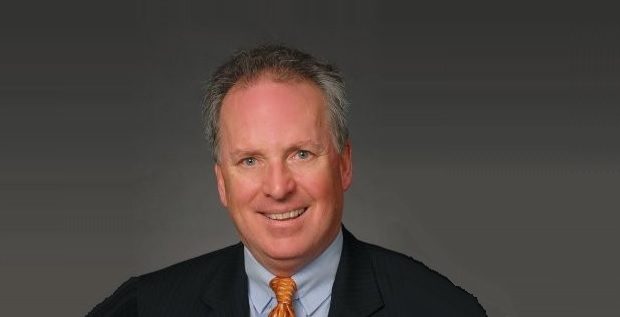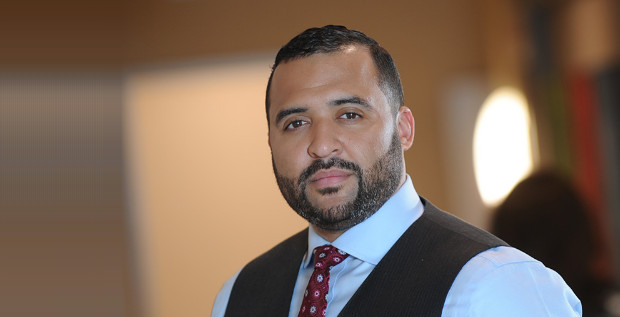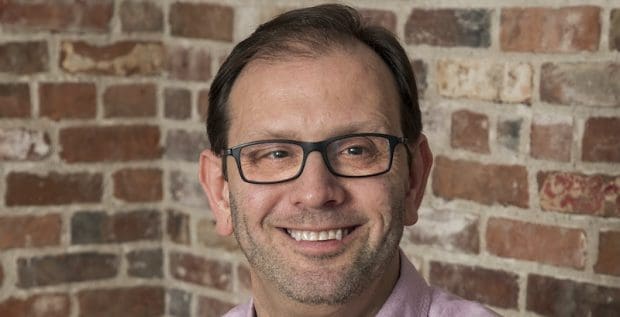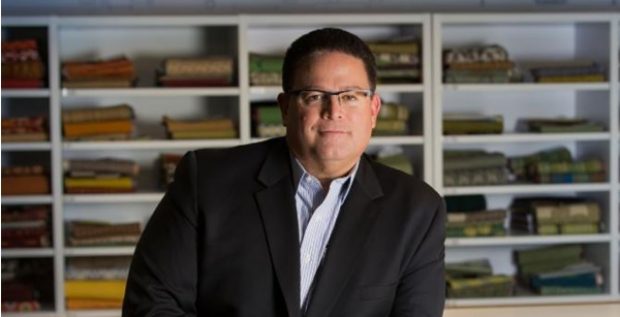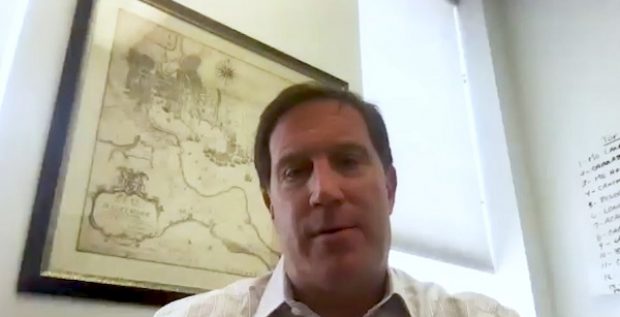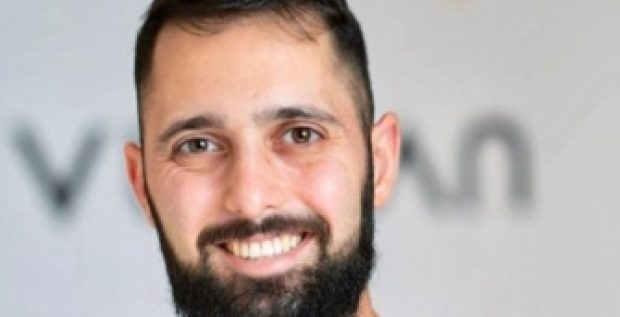Jeff Peres is the co-founder and CEO of Everseat. Inspired by the scheduling challenges surgeons face, Everseat gives users immediate access to appointments, allowing clients to find and book last-minute openings from any web-enabled device. The platform removes the barriers associated with manual booking and helps service providers such as physicians and dentists maximize their revenue by seeing as many clients as possible. Everseat has been featured in Technical.ly, the Baltimore Business Journal, Maryland Public Television, The Baltimore Sun, and more.
Jeff Peres spoke with citybizlist publisher Edwin Warfield for this interview.
EDWIN WARFIELD: Tell us about starting the company.
JEFF PERES: We started Everseat in the fall of 2013. Our mission was to drive efficiencies within scheduling, help consumers gain access quicker and more efficiently. The general concept was that service providers of all sizes have existing bases of consumers. In healthcare industries, specifically, most practices have lots of patients and sometimes there’s long waits of a week, two weeks, a month; and in some specialties, could be two or three months—specifically in dermatology, certain others. There are also a lot of erratic changes and unpredictable changes in scheduling. In late January of this year, we had a tremendous snowstorm—schedules get messed up, moved around, and people are in need to get in and to gain access. So, our original concept was that if we could build a software platform that matched the supply with the demand, we would have something of value. That was really the genesis of it.
Q. Did you plan on serving the healthcare market from the beginning?
A. My passion was way more for technology than it was for the clinical, so I didn’t think we were going to start something that was related to clinical or to medical or pharma, so I wanted to come up with a software platform and that was where we focused.
Q. How did you meet your co-founder, Brian Kaplan?
A. Dr. Kaplan and I originally were friends. We met through a mutual friend, probably about 15 years ago. You sometimes find in Baltimore that it’s a pretty small world, and so before you know it, you realize that you know a lot of the same people. Our kids ended up going to the same school together, so we knew each other and stayed friends, and ultimately wanted to work together and find a project to work on. I had hired him as an external consultant in my last job and he gave us some insight and some advice on the ear, nose, and throat space, where he’s an expert, particularly around hearing and hearing loss. And as we became friends and worked together, we would always just talk, a lot of times offline or over a cup of coffee, “Hey, wouldn’t it be fun to try something different?” Or: “Hey, we should go into business together one day.” And eventually that momentum continues and you find yourself starting a new company.
Q. When did you decide to become an entrepreneur?
A. I was a banker for a little while. I never made it into the sort of partner level or managing director, so mid-level banker—VP is really what most of those titles are. I learned a lot, met some great people at the firms that I worked at, and really found myself looking across the table at our clients with a lot of energy, enthusiasm; watching them really trying to build and run businesses: dealing with the nuts and bolts of the everyday—things like strategy, hiring, financing your business, growth, distribution channels, legal issues, HR issues. I continued to learn—I think you pretty much never stop learning—and I found that that was really stimulating for me. At some point, you look in the mirror and say, “You only live once. I want to go try and run something as opposed to being an advisor to or service provider.” I’m really glad I took that risk. It was daunting, and it still is every single day, but no regrets. I never looked back, and I’m so glad I did it. It’s, for me, way more gratifying.
Q. Can you take us through your market strategy?
A. We reach out to providers in a number of ways. We really find that the best source of new business is an existing, happy client, so we get lots of referrals from our existing clients. A client for us could be a dentist, a dermatologist, a physical therapy practice, neurology, and the like. They all have networks of their own that they can introduce us to, or just say, “Hey, try my friend Bill—he’s a physical therapist down the street.” That’s how we reach a lot of our providers.
There’s all sorts of traditional marketing paths that we will also take, but we’re budget-minded and we want to smart about driving leads. We do some traditional marketing—those for example would be a trade show or a direct mailer. We don’t want to do a lot of that—we do a little bit. We do more inbound marketing if we can. These are going to be things like search engine optimization, lead gen through email announcements, webinars, becoming an authority figure on a topic—so whether you’re posting blogs or you’re writing articles or you’re talking at conferences where you’re not just a vendor but you are a featured speaker, you can establish yourself over time as an authority and that will get people to be willing to have a conversation.
We train our salespeople to try and listen really well. While every practice has some similarities, Edwin, they’re all different, and so we really want to get to the heart of what’s driving their practice today: What are the challenges? What are the fears they have? What’s motivating them financially? We find that that generally fits into two buckets. One is a fee-for-service: most people understand that—it’s a traditional fee-for-service, you’re running a PnL, you’re running a bottom line, and the more revenue we make the better our practice does. We find that’s the case for most of our small and medium-size clients. But there’s also sort of a value-based business or risk-based contract. These tend to be larger—they’re often ACOs [Accountable Care Organizations], or hospitals, or larger organizations that are managing against a contract, and it’s a contract that’s been negotiated with an insurance company or the government. So, in this instance, while they’re still providing care and a service and doing all the same steps and processes one needs to do in order to provide a service, they’re really negotiating against a master contract such that they want to keep the patient from spiraling into a more severe case—so how can we keep the patient—the diabetic, let’s say—on a plan getting regular well visits, monitoring their levels, so that they don’t spiral into some sort of case of shock and end up in the emergency room, which will cost thousands of dollars as opposed to a well visit that may only be billed at $125.
We’re seeking to build networks in our biggest cities. You might think it’s fun to gain clients from anywhere, and so if we can get them from Seattle or Albuquerque, New Mexico, or Austin, Texas that’s fun and exciting—but I think what we are finding is the network effect is extremely powerful. And so when you have a lot of providers in a given region, you find that it’s more of interest to that consumer—to that patient or end user—and there’s more likely to be these impromptu visits. So, “I downloaded the application and looked for my dermatologist, but I also saw my child’s pediatrician.” “I was looking to find a new person to get contact lenses and I also realized that my physical therapist is on there.” There’s a little bit of a network effect where you can find impromptu visits, and we’re seeing that happen more and more in our top four cities.
Connect with Jeff on LinkedIn






